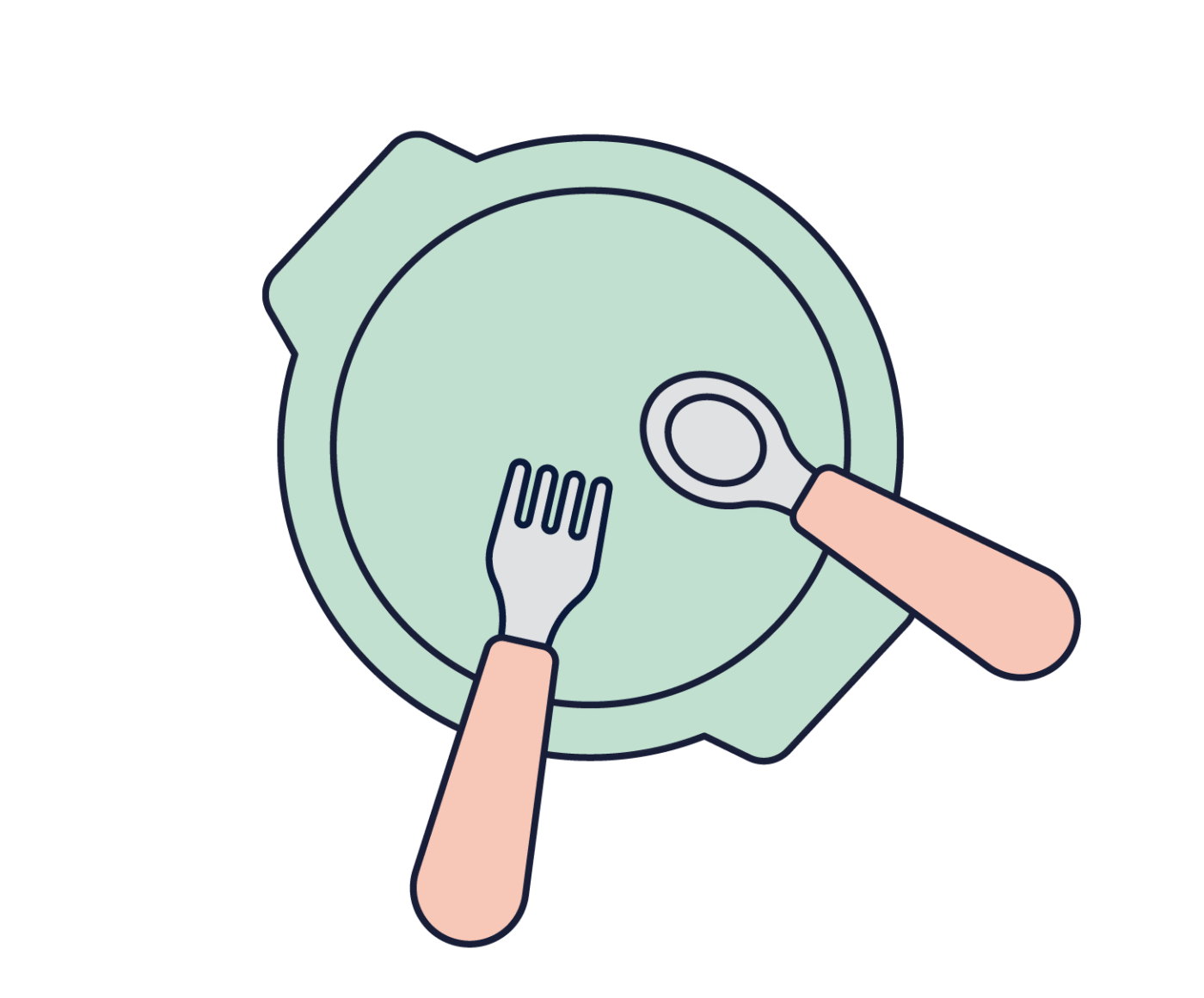Fresh food, prepared at the nursery
Every meal is wholesome, nutritionally rich, and prepared on-site by our very own chefs. We only cook with fresh and natural ingredients, and these are delivered on a daily and weekly basis.
To ensure your child receives the very best, our recipes do not contain processed foods and we operate nut-free.


